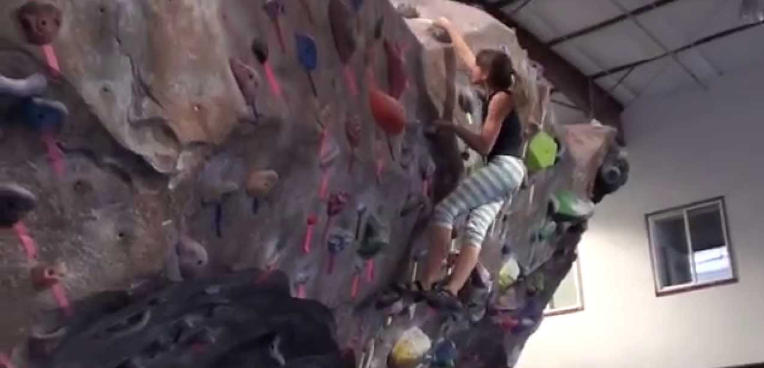Bouldering 101: The Essentials of Indoor and Outdoor Climbing
Bouldering is an exhilarating climbing sport that offers a thrilling experience for both beginners and seasoned climbers alike. Whether you’re looking to stay fit, challenge yourself, or meet new friends, bouldering is a great way to do it. In this post, we’ll cover the basics of bouldering, including what you need to get started and helpful techniques to improve your skills.
Understanding the Basics of Bouldering
Bouldering involves climbing short, yet challenging rock formations or climbing walls without the use of ropes or harnesses. Climbers typically ascend to heights of around 15 feet and rely on padded crash mats or bouldering pads to cushion any falls. This sport focuses on strength, technique, and problem-solving, making each climb a unique puzzle to solve. It’s an accessible form of climbing, often practiced in gyms and outdoor settings, and is great for building physical and mental resilience.
Getting Started: Gear and Locations
To dive into bouldering, you’ll need a few essential pieces of gear. Climbing shoes are paramount, as they provide the grip and support necessary for awkward foot placements. Chalk is also crucial—it keeps your hands dry and enhances your grip on holds. If you’re climbing outdoors, a bouldering pad is a worthwhile investment to ensure safety during falls. Many climbing gyms offer classes for beginners, allowing you to learn the basics in a safe environment. Don’t hesitate to seek guidance from experienced climbers, as they can provide invaluable tips and insights into local climbing spots.
Techniques to Enhance Your Climbing
As you begin your bouldering journey, mastering a few key techniques can significantly boost your performance. Focus on your footwork; precise foot placement can make or break a climb. Try to keep your weight balanced over your feet to maintain stability. Additionally, practice using your legs to push yourself up rather than relying solely on your arms. This not only conserves energy but also allows you to climb more efficiently. It’s also crucial to develop your problem-solving skills; each boulder problem presents a unique set of challenges, so take your time to assess the route before you start climbing.
Conclusion
Bouldering is not just a sport; it’s a community, a form of self-expression, and an engaging way to stay active. Whether you’re looking to tackle indoor walls or explore stunning outdoor landscapes, there’s something thrilling about the challenge of bouldering. So grab some gear, find a local climbing gym, and start your journey into this exciting world of climbing! If you’d like to learn more or find a community of climbers, consider joining local clubs or exploring online forums. Happy climbing!
